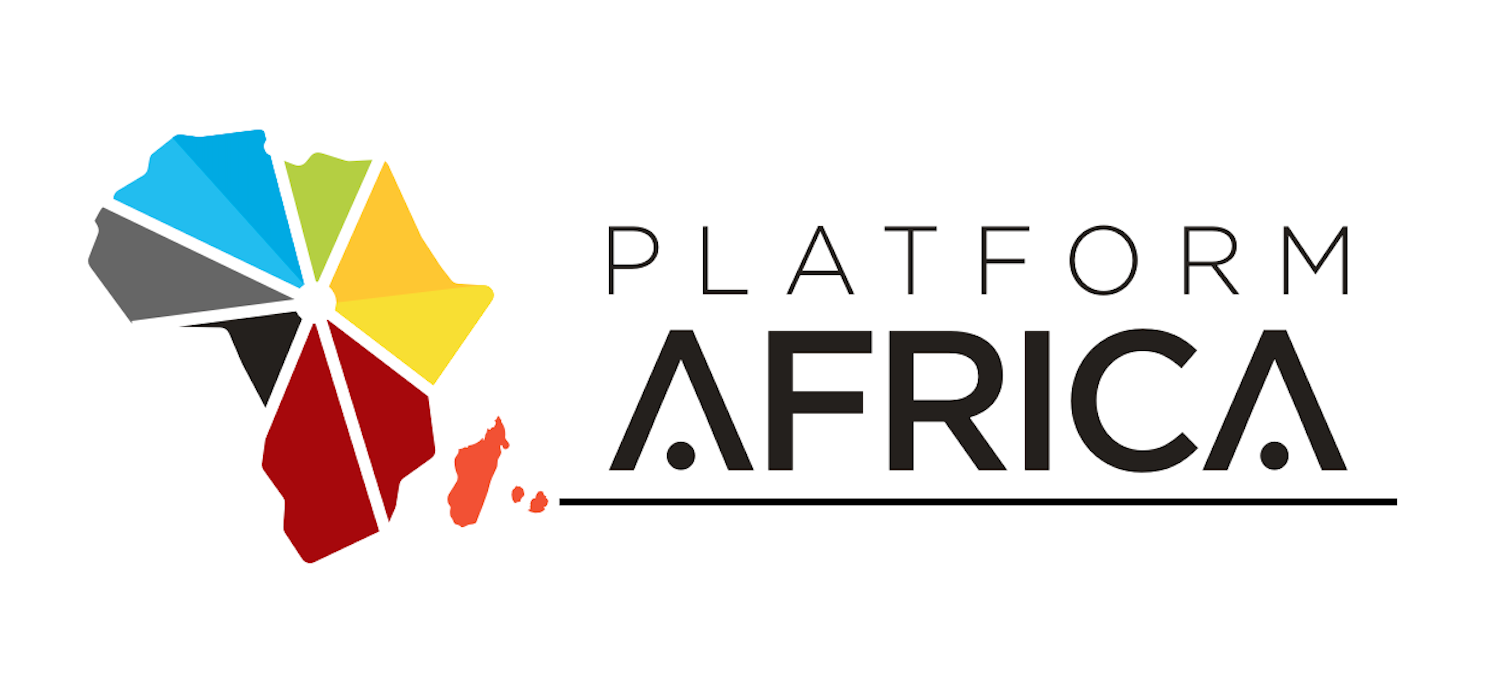By Harsheenee Aujayeb, General Manager, ESG Intellis Solutions
With extreme weather events costing countries over US$200 billion annually, developing countries are expected to face adaptation costs estimated at US$140-300 billion in 2030 and US$280-500 billion in 2050. Enter adaptation finance, which refers to financial resources aimed at helping countries adapt to the impacts of climate change.
Unlike mitigation finance, which always focuses on reducing greenhouse gas emissions, adaptation finance requires a broad array of activities such as building resilient infrastructure, fostering climate-smart agriculture, and protecting vulnerable communities.
Why adaptation finance matters
In a heartening move, the Adaptation Gap Report 2024 notes that international public adaptation finance flows to developing countries increased from US$22 billion in 2021 to US$28 billion in 2022 – the largest year-on-year increase since the Paris Agreement.
However, while this is progress towards the Glasgow Climate Pact, which urged developed countries to at least double adaptation finance to developing countries from 2019 levels by 2025, even achieving this goal would only reduce the adaptation finance gap by about 5%.
Against this backdrop, it is important to understand why adaptation finance matters across economic, social and environmental paradigms:
• Economic Imperative:
o Every US$1 spent on climate-resilient infrastructure saves US$4 in recovery costs. Current adaptation finance flows are only 20% of the annual amount needed.
• Social Imperative:
o Adaptation reduces climate-induced poverty risks. Up to 132 million people could fall into poverty by 2030 without robust adaptation measures.
• Environmental Imperative:
o Adaptation finance helps protect environmental ecosystems. This ensures biodiversity while mitigating disaster impacts, such as coastal flooding.
The holy trio of economic, social and environmental imperatives in favour of adaptation finance explains why key global frameworks for climate change all emphasise its importance:
o Paris Agreement: Calls for scaled-up adaptation finance and National Adaptation Plans (NAPs).
o SDGs: Specifically Goal 13 (Climate Action) and Goal 9 (Infrastructure) underline the role of adaptation finance.
o Intergovernmental Panel on Climate Change (IPCC) Reports: Emphasise adaptation as a critical pillar of climate action.
Such concerted focus on adaptation finance also explains why countries must consider adopting National Adaptation Planning Tools (NAPTs). The United Nations Environment Programme (UNEP) has rolled out a toolkit of NAPs to help member nations identify medium- and long-term adaptation needs, informed by the latest climate science. Once major vulnerabilities to climate change have been identified, NAPTs help develop strategies to address them.
The role of National Adaptation Planning Tools
Diving deeper, NAPTs are tools that enable systematic identification, prioritisation, and implementation of adaptation needs at a national level.
NAPTs are three pronged, with the following key components:
• Climate risk assessments
• Financial gap analysis and resource mobilisation strategies
• Stakeholder engagement and governance frameworks
Developing economies stand more to gain from adopting NAPTs, with the IPCC’s Working Group Two Report noting that almost half the human population lives in climate vulnerable hotspots, where people are 15 times more likely to die from climate impacts.
Across regions, Africa is one of the most affected by climate change, while its current and historical greenhouse gas emissions are minuscule at a global scale. However, the region received only 20% of global adaptation finance flows (USD 13 billion) annually in 2021–2022 – less than half the finance going to the East Asia and Pacific, which received about 45% of global adaptation finance flows.
Fortunately, the continent is seeing efforts on the ground to attract adaptation finance, with leading African economies putting the right NAP frameworks in place. Indeed, Ghana in the West and Rwanda in the East are both shining examples of how NAPs can be successfully integrated into agriculture and climate-smart strategies.
While Ghana’s NAP framework successfully set the agenda to prioritise key climate-sensitive sectors such as agriculture, forestry, water, energy, gender, and health; Rwanda’s NAP framework guided the implementation of its Green Growth and Climate Resilience Strategy (GGCRS).
The OECD notes that developing countries can potentially scale up adaptation finance by working with international providers. These international providers can in turn help overcome existing barriers by supporting the capacity of developing countries to tap into the wide array of finance sources and by strengthening development practices and systems to increase the mainstreaming of adaptation activities in developing countries’ plans. The key international adaptation finance sources are as follows:
o Green Climate Fund (GCF).
o Adaptation Fund.
o Climate Investment Funds (CIF).
Barriers to adaptation finance, and recommendations to unlock more flows
However, while the rationale to increase adaptation finance remains clear, and countries are responding to this pressing need by crafting relevant NAPTs, the challenges in the way of mobilising adaptation finance are also numerous.
• Limited access to international climate finance on the back of complex application processes, a case in point being the GCF.
• Lack of long-term planning on account of insufficient integration of adaptation needs into national budgets.
• Scarce skill sets, especially lack of technical expertise to design and implement NAPTs.
• Low private sector involvement in adaptation projects, where lack of availability of climate-related data is a key factor inhibiting investments.
Our recommendations to counter the challenges outlined above are as follows:
• Invest in capacity building to design and implement NAPTs
• Integrate adaptation planning into national development strategies.
• Strengthen access to international finance by streamlining processes.
• Promote innovative financing mechanisms (e.g., green bonds, climate risk insurance).
• Enhance regional collaboration and knowledge sharing.
Why countries must invest in National Adaptation Planning Tools
Of course, such challenges can be more efficiently overcome – and the effect of applying the recommendations outlined above can be magnified – by designing the right NAPTs. Countries can avail the following benefits in unlocking adaptation finance by putting a robust framework in place:
- Efficient Resource Allocation: NAPTs ensure investments are directed towards high-priority, high-impact projects.
- Unlocking International Climate Finance: Tools provide a robust framework for accessing funds from mechanisms like the GCF and Adaptation Fund.
- Strengthening Resilience: Tailored adaptation strategies lead to long-term socio-economic stability.
- Encouraging Multi-stakeholder Collaboration: Tools facilitate public-private partnerships, essential for scaling adaptation efforts.
Time for action: Adapting to the ground needs for climate finance in Africa
The numbers speak for themselves – Africa’s adaptation needs are about eight times larger than the funds available. Furthermore, the balance between climate mitigation and climate adaptation investments continues to be skewed. Adaptation finance was only 36% of total climate finance in Africa from 2021-22 – even less than the 39% between 2019-20.
Thus, the gap is growing, with serious consequences on economic growth and poverty levels. African governments are doing their part by putting NAPTs in place, while such frameworks can be refined with support from the private sector. The time is ripe for development banks and private investors to prioritise adaptation finance and invest in scalable tools.




